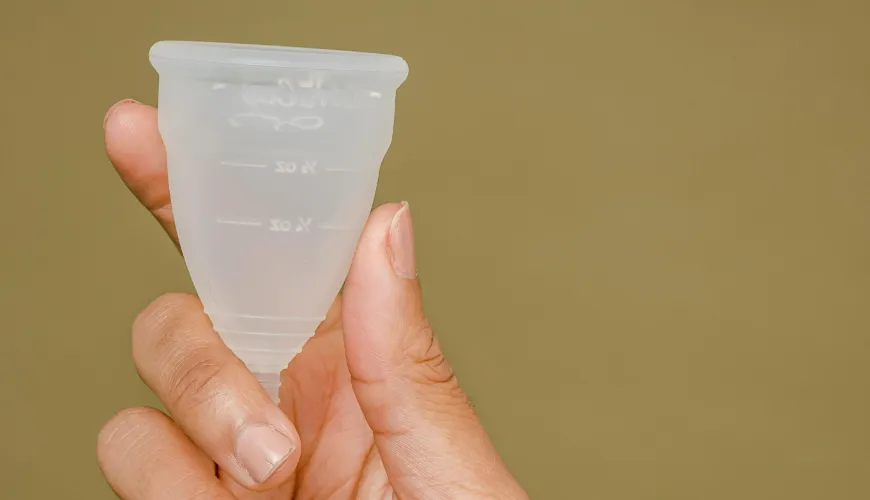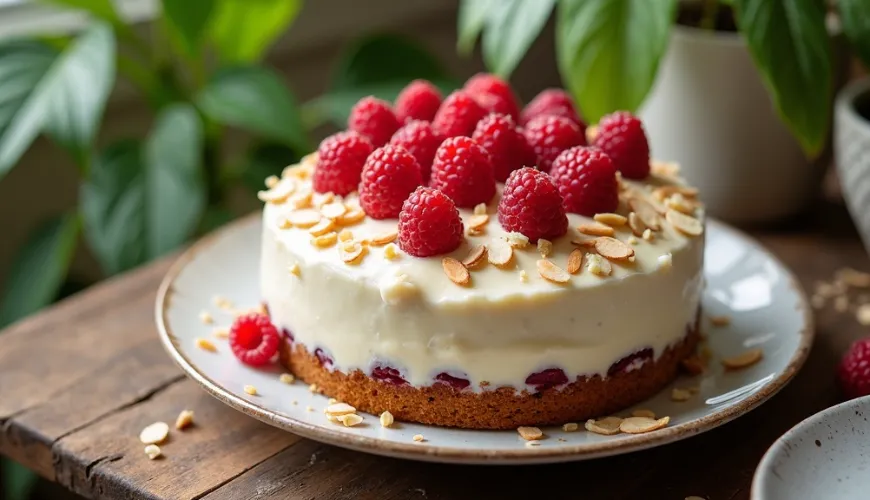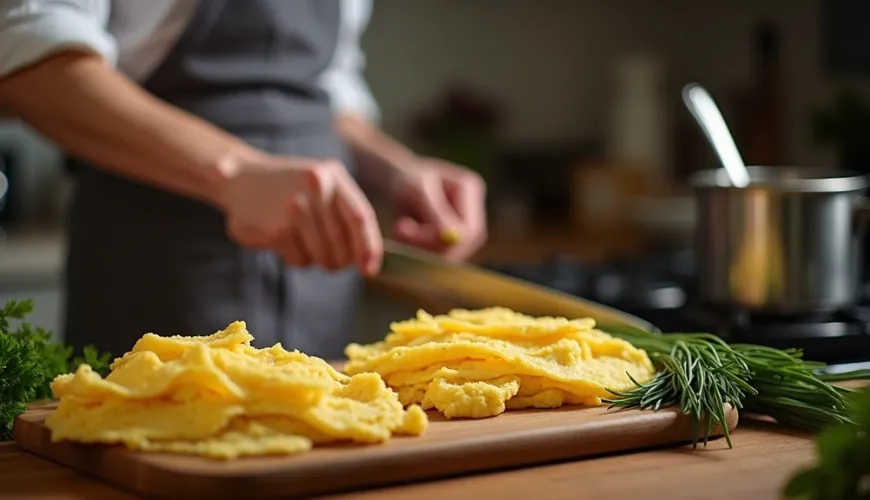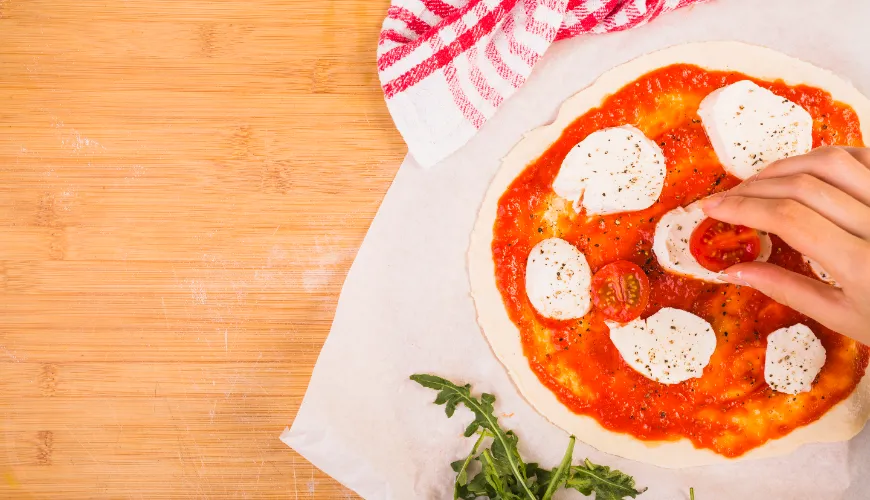
Recipe for Lactose-Free Cake Cream You Will Love

Sweet Delight Without Guilt - How to Bake a Lactose-Free and Gluten-Free Cake That Everyone Will Love
More and more people today are dealing with dietary restrictions—whether due to health reasons, allergies, or personal beliefs. Lactose intolerance and celiac disease are among the most common diagnoses of modern times. Yet, the craving for sweets knows no compromises. But can a cake without milk and gluten really be tasty? The answer is: yes, and it can even be better than the "classic" one.
Baking without lactose and gluten might sound like a culinary challenge to some. However, thanks to the growing availability of quality ingredients and proven recipes, it is no longer just an emergency alternative. On the contrary, gluten-free and lactose-free desserts are finding their place even on the tables of those with no dietary restrictions. Let's take a look at how to do it.
What Does It Mean to Bake Without Gluten and Lactose?
Baking without gluten requires replacing traditional wheat flour with other flours that do not contain gluten—such as rice, almond, buckwheat, or coconut flour. Gluten-free flours are often combined to make the result as similar as possible to regular dough, and a binder is added, such as xanthan gum or psyllium.
Lactose is a milk sugar found in cow's milk and most dairy products. People with lactose intolerance have difficulty digesting this sugar, which can lead to unpleasant digestive issues. Fortunately, there is now a wide range of plant-based alternatives—from soy and almond to coconut milk, as well as lactose-free versions of cream and butter.
You might be wondering: how to replace whipped cream or buttercream on a cake so that it tastes just as delicious? This is where the lactose-free cream for cakes comes into play, which can be just as smooth and fluffy as the original—and even healthier.
Real-Life Inspiration
One mother of a three-year-old girl with celiac disease and lactose intolerance was trying to prepare a birthday cake for her daughter that would be not only safe but also delicious for all the guests. After several attempts, she created a recipe that eventually garnered enthusiasm—even among the biggest lovers of classic desserts. The base of the cake was an almond crust without flour and butter, filled with cream made from coconut milk and raspberries. The result was not only beautiful to look at but also light and refreshing. Proof that sweet without compromise is possible.
Recipe for a Lactose-Free and Gluten-Free Cake
And now the most important part—how to bake a delicious cake that is gluten-free and lactose-free, and still makes an impression.
Cake Base:
- 150 g almond flour
- 50 g rice flour
- 1 teaspoon gluten-free baking powder
- 4 eggs
- 100 g cane sugar
- 60 ml vegetable oil (e.g., sunflower or coconut)
- 1 teaspoon vanilla extract
- pinch of salt
Instructions:
Preheat the oven to 180 °C. Beat the eggs with the sugar until frothy. Add oil and vanilla. In another bowl, mix the dry ingredients and gradually incorporate them into the egg mixture. Pour the batter into a baking paper-lined pan and bake for about 25–30 minutes. Let it cool.
Lactose-Free Cream:
- 400 ml full-fat coconut milk (preferably canned)
- 2 tablespoons maple syrup or agave
- 1 teaspoon vanilla extract
- 2 teaspoons cornstarch
Heat the coconut milk and add syrup, vanilla, and starch dissolved in a little water. Heat while stirring continuously until it thickens. Let it cool, then whip into a smooth cream. Use the cream to fill the cake or as a topping.
Want to add a twist to the cake? Add raspberry jam or chopped almonds between the layers. Fresh fruits like blueberries or strawberries also work great.
Why Give Alternative Baking a Chance
It’s not just about what one cannot eat, but about what one can discover. Baking without gluten and lactose often leads to more creative combinations and more interesting flavors. While a regular sponge cake might just be sweet fluff, an almond or coconut base has real taste and texture.
Moreover, many people report feeling lighter and not overstuffed after consuming gluten-free and lactose-free desserts. And this applies even to those without intolerances—they just want to enjoy sweets that don't burden the body.
Sensitivity to lactose or gluten is not just a fad. According to the State Health Institute, approximately 1% of the population in the Czech Republic suffers from celiac disease, and up to 20% have lactose intolerance. That’s why recipes like a gluten-free and lactose-free cake are becoming a regular part of family repertoires.
Where to Find Quality Ingredients
The key to success is choosing quality ingredients. Not all plant-based substitutes are the same. For instance, coconut milk for cream should be free of added emulsifiers and preferably organic. Gluten-free flours should be labeled as safe for celiacs.
Online shops focused on healthy living and eco-friendly households, like Ferwer, offer a wide selection of quality gluten-free and lactose-free products—from flours to sweeteners to plant-based creams. The advantage is that you often find recipe inspiration in the product descriptions.
Sweet Without Compromises
The idea that someone with dietary restrictions must limit their enjoyment of cake is long outdated. It just takes a bit of different thinking about ingredients and openness to new flavors. Whether you're making a cake for a birthday celebration, wedding, or just for fun, a recipe for a lactose-free cake might be the best thing you offer.
As the saying goes: "It’s not about what we can’t eat—but about what we can create." And sometimes it's the restrictions that open the door to new imagination.

